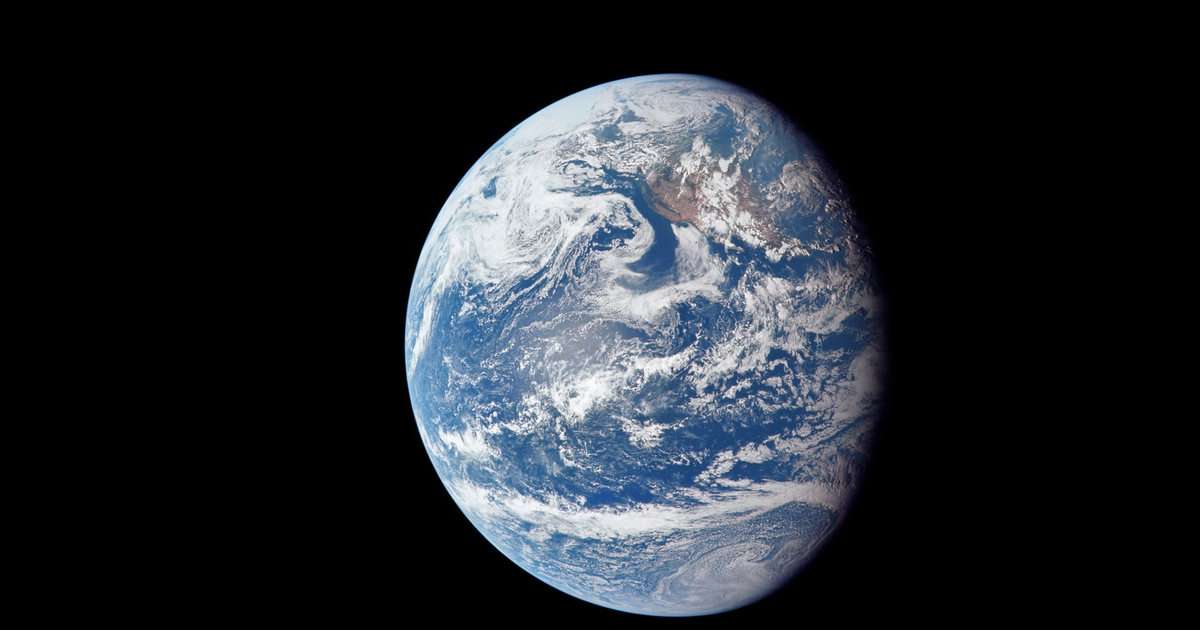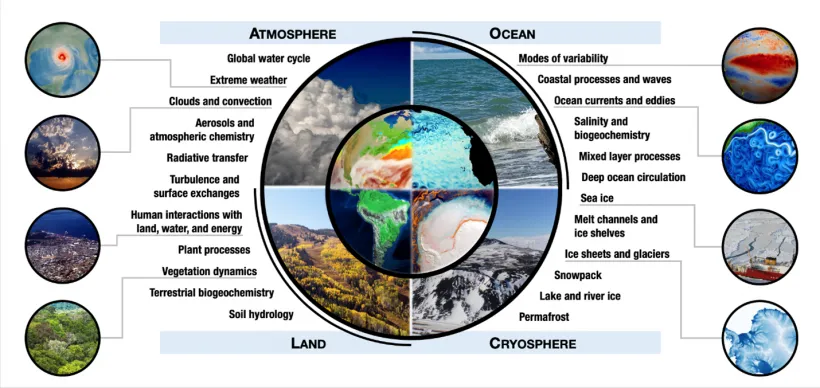A Planet in Constant Motion: Understanding Earth’s Rhythms
Earth is not a static sphere; it’s a dynamic system pulsing with life and driven by a complex interplay of forces. From the slow, inexorable march of plate tectonics to the rapid rhythms of weather patterns, our planet exhibits a fascinating array of cycles and rhythms that shape its history and influence the evolution of life.
The Earth’s Deep Time Rhythms:
- Plate Tectonics: The Earth’s crust is divided into giant plates that are constantly in motion, driven by forces within the planet’s interior. This slow, continuous movement shapes continents, triggers earthquakes and volcanic eruptions, and plays a profound role in climate regulation.
- Supercontinent Cycles: Over millions of years, continents have assembled into supercontinents and then fragmented, influencing global climate patterns, ocean circulation, and the distribution of life.
- Milankovitch Cycles: These long-term astronomical cycles, driven by variations in Earth’s orbit, tilt, and axial wobble, influence the amount of solar radiation reaching different parts of the planet, driving major climate shifts, such as ice ages.
Rhythms of the Present:
- The Day-Night Cycle: The Earth’s rotation on its axis creates the familiar cycle of day and night, driving daily temperature fluctuations and influencing the behavior of living organisms.
- The Seasons: The tilt of Earth’s axis as it orbits the Sun causes seasonal variations in temperature and daylight hours, influencing plant growth, animal behavior, and human activities.
- Ocean Currents: Driven by winds, temperature differences, and the rotation of the Earth, ocean currents transport heat and nutrients around the globe, influencing weather patterns and climate.
- The Water Cycle: A continuous process of evaporation, condensation, and precipitation, the water cycle plays a vital role in regulating Earth’s climate and distributing water across the planet.
Understanding Earth’s Rhythms:
Studying these rhythms is crucial for understanding the past, present, and future of our planet. By unraveling the intricate interplay of Earth’s systems, scientists can:
- Predict and prepare for natural disasters: Such as earthquakes, volcanic eruptions, and tsunamis.
- Understand and address climate change: By analyzing past climate cycles and predicting future climate scenarios.
- Manage natural resources: Such as water and minerals, in a sustainable manner.
- Gain a deeper appreciation for the interconnectedness of Earth’s systems and the delicate balance of life on our planet.
Conclusion:
Earth is a planet in constant motion, a symphony of interconnected rhythms that shape its history and influence the evolution of life. By studying these rhythms, we can gain a deeper understanding of our planet’s past, present, and future, and work towards a more sustainable and harmonious relationship with our home.



